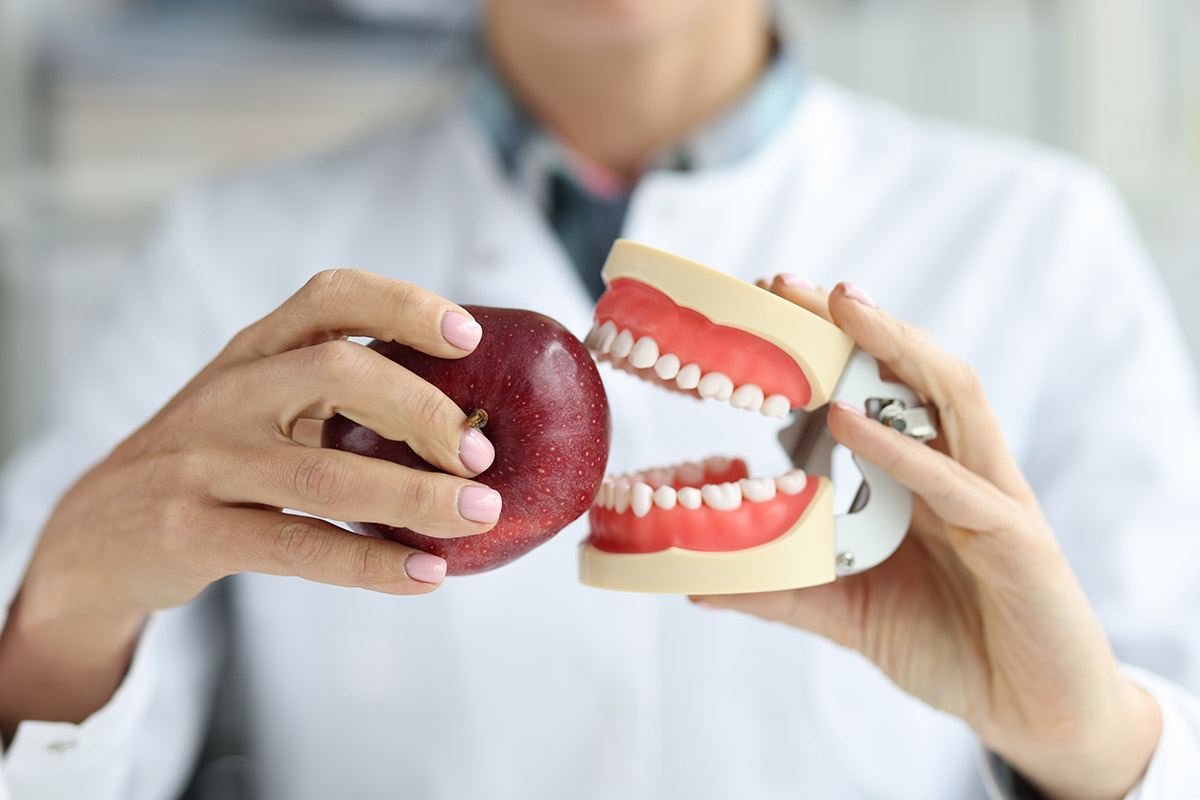First, you should know that saliva is our friend. There is less harm to our teeth when eating a meal than when snacking a nibble. This is because more saliva is released at mealtime, washing foods down away from the teeth. Though Mark Wolff, Dean of the University of Pennsylvania School of Dental Medicine, would encourage nibbles of raw fruits/veggies and cheese which are helpful in saliva production.
Award-winning medical and health reporter Hallie Levine contributed this list in her AARP article, 7 Superfoods for Your Teeth:
- Water… not juices, nor sodas. Tap water, particularly for acid-resisting fluoride.
- Cheese, not just for the calcium and phosphates, but also the protein: casein which repairs tooth enamel.
- Fruits & veggies, not citrus which acid erodes at the tooth enamel. The crunchier the better.
- Lean proteins, not processed meats, contain the mineral: phosphorus which rebuilds tooth enamel. Proteins also, “help with gum-tissue repair and the mucosal lining of the mouth, both of which break down with age.”
- Sugarless gum, really! Chewing for 20 minutes after every meal increases saliva flow which adds more calcium and phosphate.
- Nuts over chips. The amino acid: arginine reduces cavities by getting stuck in your teeth and feeding the “good” bacteria in your mouth.
- Green tea contains the antioxidant: catechin, which reduces risk of gum disease.
So, grit your teeth and make a meal starting with green tea, followed by a charcuterie board of raw veggies, lean meats, cheeses and nuts. Wash it all down with a tall glass of water from the tap and then chew your sugarless gum for 20 minutes!











